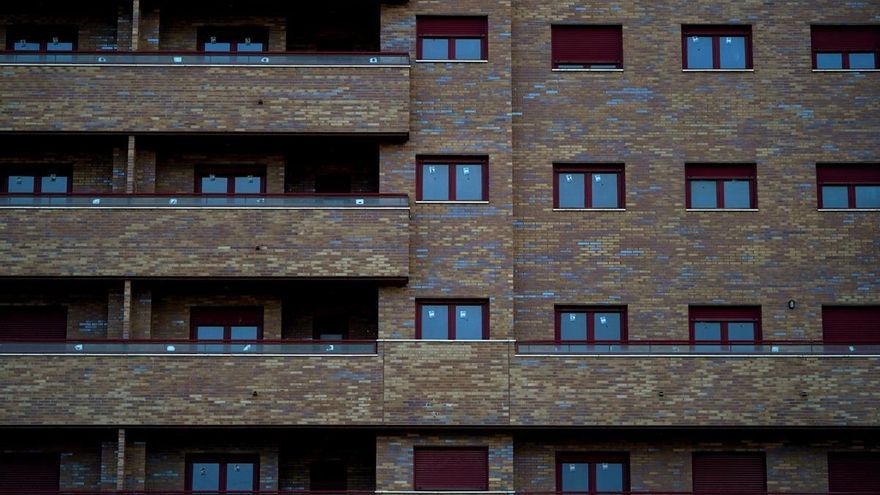
The two capitals of Canary Islands They appear at the head of Spain in the list of cities with the most empty homes in proportion to their size: holy cross of Tenerife It is the first in the country, with 17.3% of all its housing stock in this situation, and The Gran Canarian palms ranks fourth, with 14.3%.
According to the latest study of the Population and Housing Censuses of the National Institute of Statistics (INE), corresponding to 2021 and made public this Friday, the cities of Spain with more than 200,000 inhabitants where the phenomenon of empty housing has more weight are Santa Cruz de Tenerife (17.3% of the total number of their homes)Vigo (15.1%), La Coruña (14.3%), Cartagena (13.3%), Almería (9.9%), Tarrasa (9.5%), Barcelona (9.3%) and Valencia (8.8%).
But if the focus is open to municipalities with more than 10,000 inhabitants, it is observed that Five Canary Islands municipalities are among the 20 in Spain with the highest proportion of empty homes, with aunts (Lanzarote) at the head of allwith almost half of its housing stock.
In this tourist municipality of Lanzarote, 48.0% of all homes are empty. they follow him Ancient (Fuerteventura), in sixth position, with a rate of 37.2%; Santiago del Teide (Tenerife), in ninth place, with 35.7%; mogan (Gran Canaria), in fourteenth, with 33.4%; and San Miguel de Abona (Tenerife), with 33.1%.
According to the INE, “a family home is considered unoccupied or empty when it is not the habitual residence of any person and is not used seasonally, periodically or sporadically by anyone. These are uninhabited houses.
In Spain there were more than 3.8 million empty homes in 2021, almost one in seven, and close to half -45%- were in municipalities with less than 10,000 inhabitantsOf those 3,837,328 empty homes, 1,173,031 30% were in towns with between a thousand and 10,000 inhabitants, where they represented 21.6% of the total and represented a rate of 14.5 per 100 inhabitants.
Figures that increased in towns with fewer than a thousand inhabitants, where there were 557,377 empty homes, 14.4% of those in Spain, but which represented a third of the total homes in those towns and a rate of 38.3 for every hundred inhabitants.
On the other hand, cities with more than 250,000 inhabitants, where 23.8% of the population resided, only contained 10.5% of the total number of empty houses and their rate dropped to just 3.6 per hundred inhabitants.
The INE has obtained these figures from what it considers an “important novelty”: the preparation of a classification of homes according to their degree of use based on data on electricity consumption.
The INE population and housing censuses also reveal, in addition to confirming -as already reported last November- that the resident population in Spain as of January 1, 2021 stood at 47,400,798 inhabitants, that the number of single-person households in Spain was 5,001,166 in 2021, with an increase of 807,847, 19.3%, in ten years, and of these 2,089,175 were employed by people aged 65 or over, 22.2% more than in 2011 , of which seven out of ten were women.
The vast majority of the population resides in conventional family dwellings, of which 18,536,616 have registered people -the INE calls these “main” dwellings- and 8,087,092 do not -the INE calls them “non-main”-, which results in the existence of 26,623,708 homes.
Analyzing the year of construction, this statistic reveals that between 2011 and 2021 there was an increase of 734,655 homes in Spain, which represents an average of more than 200 per day.
















